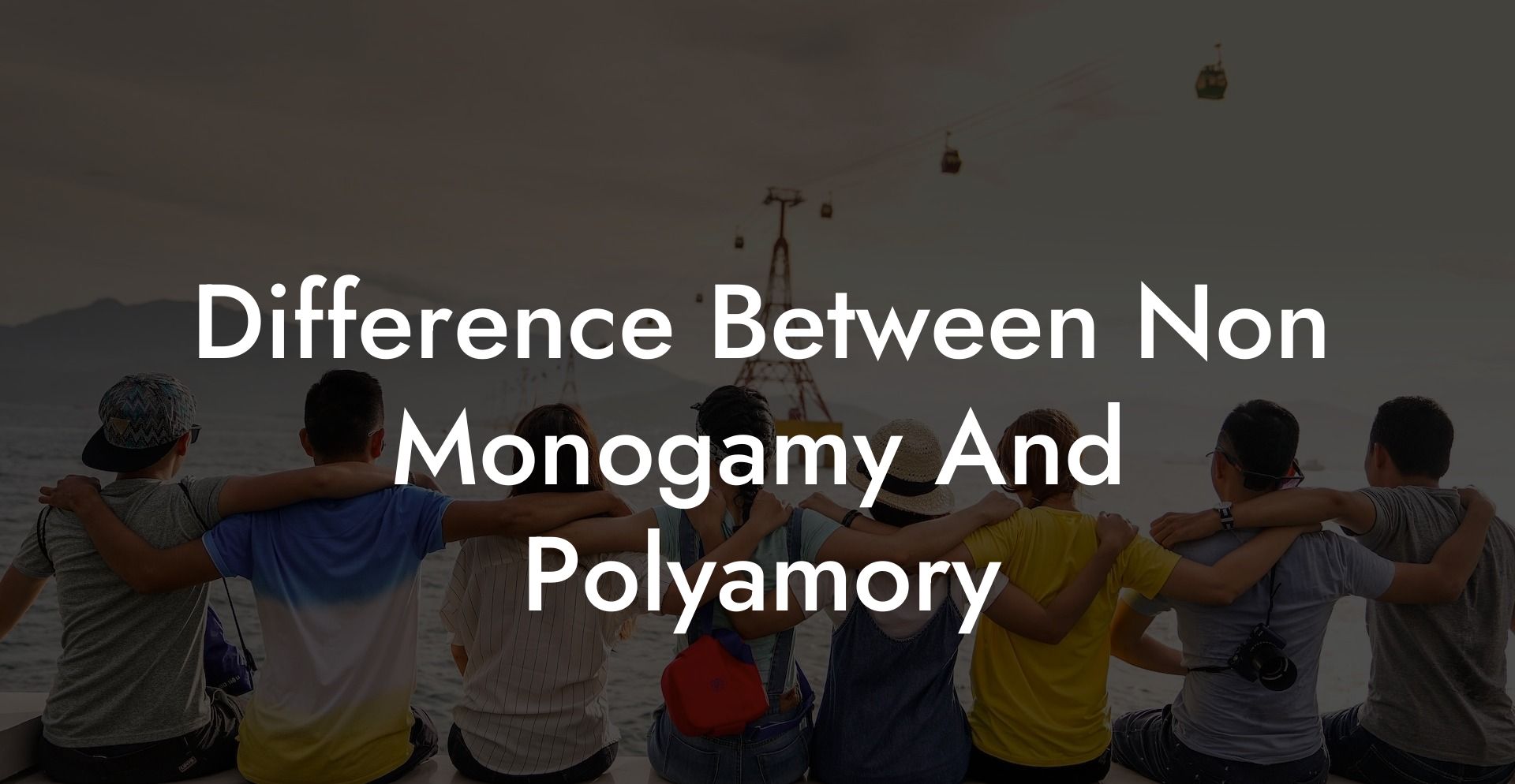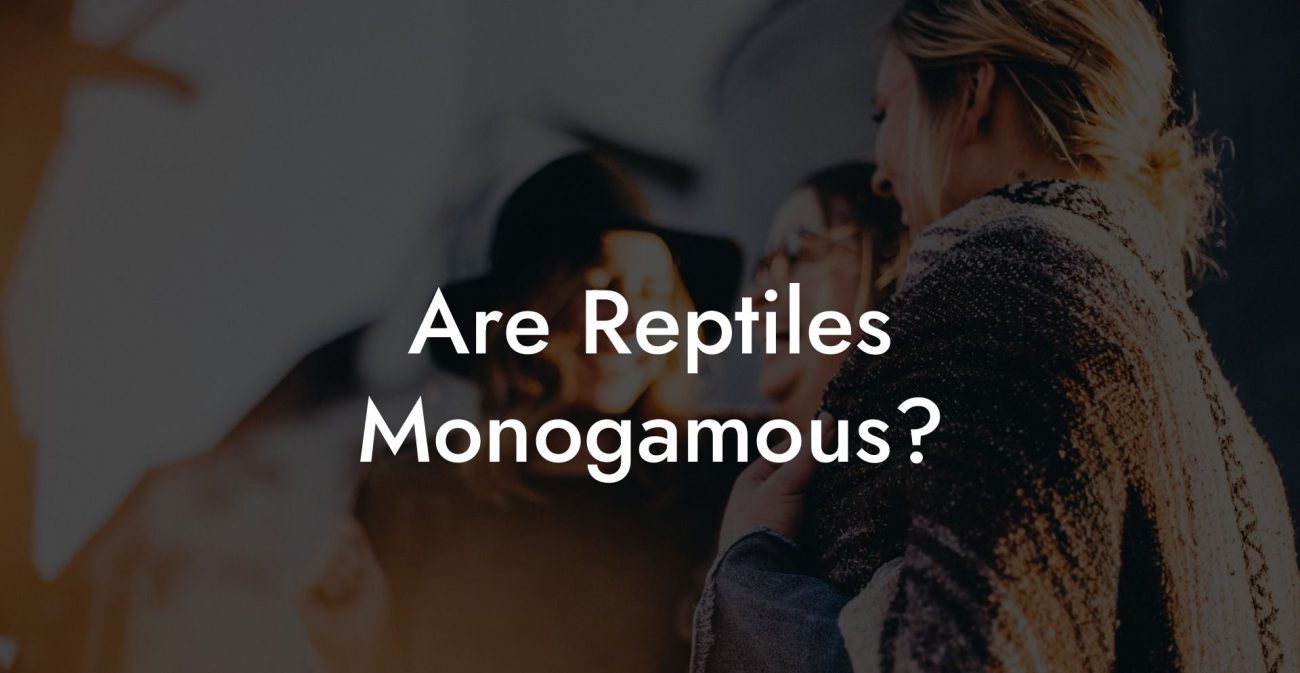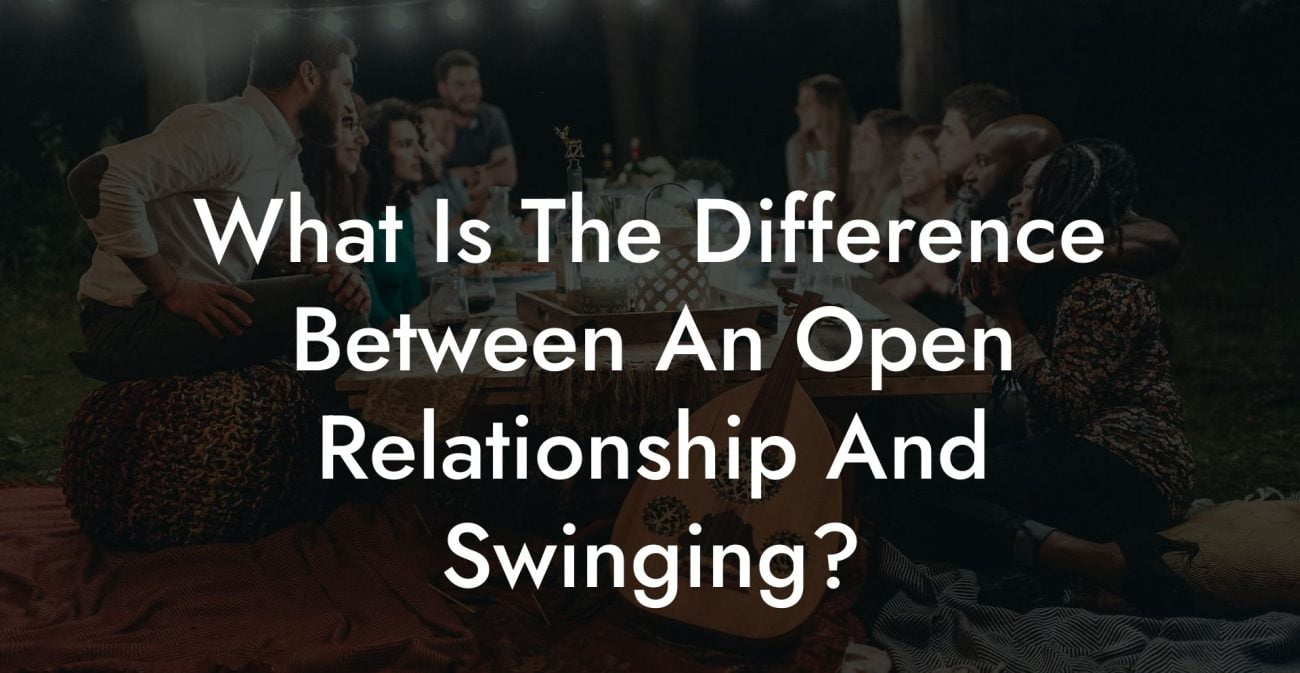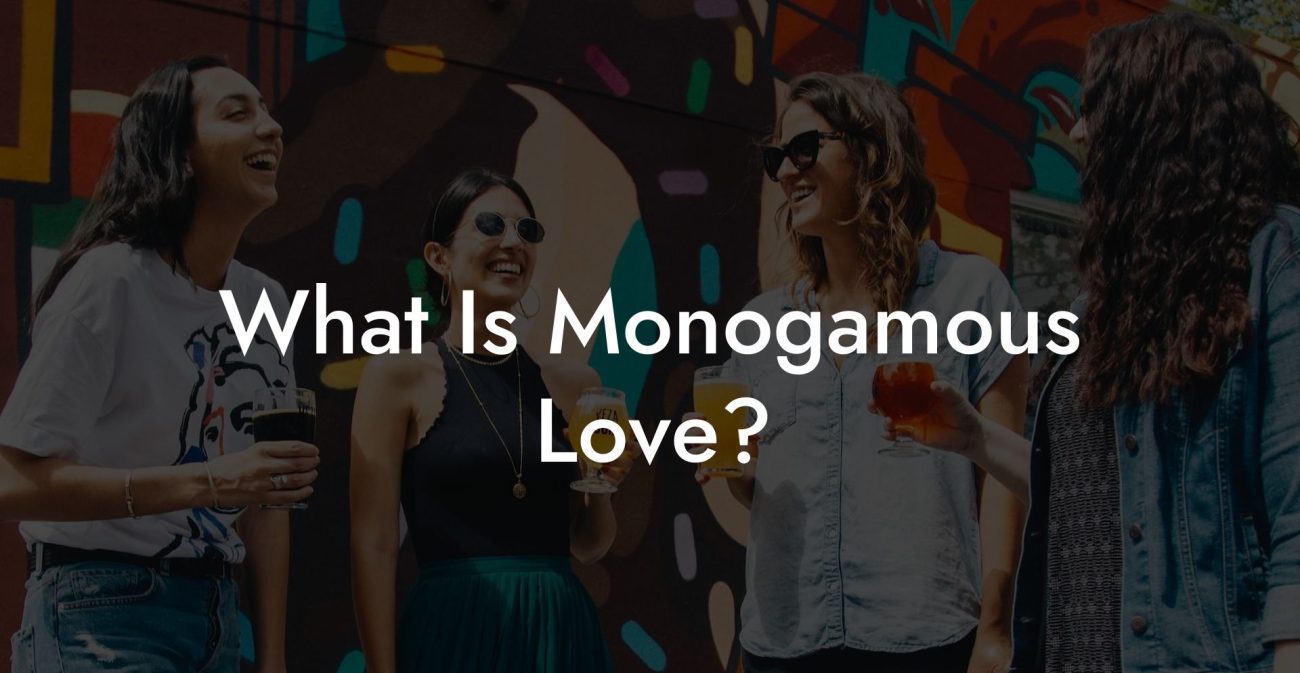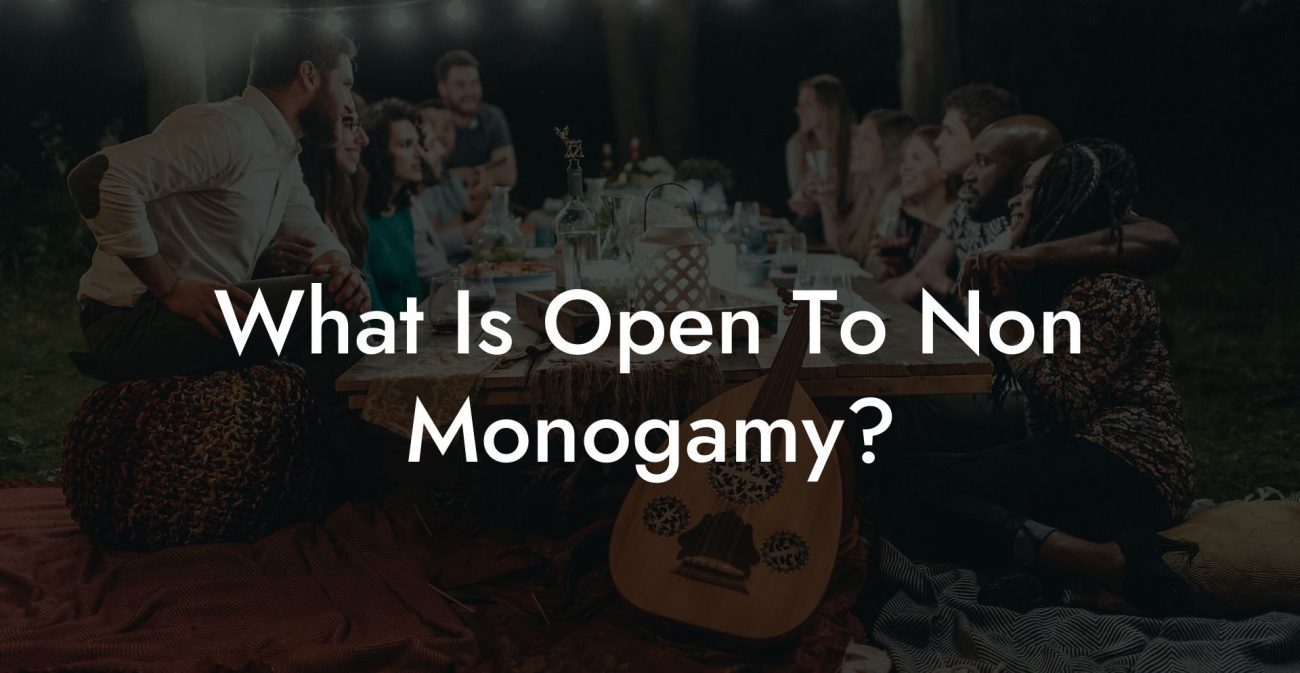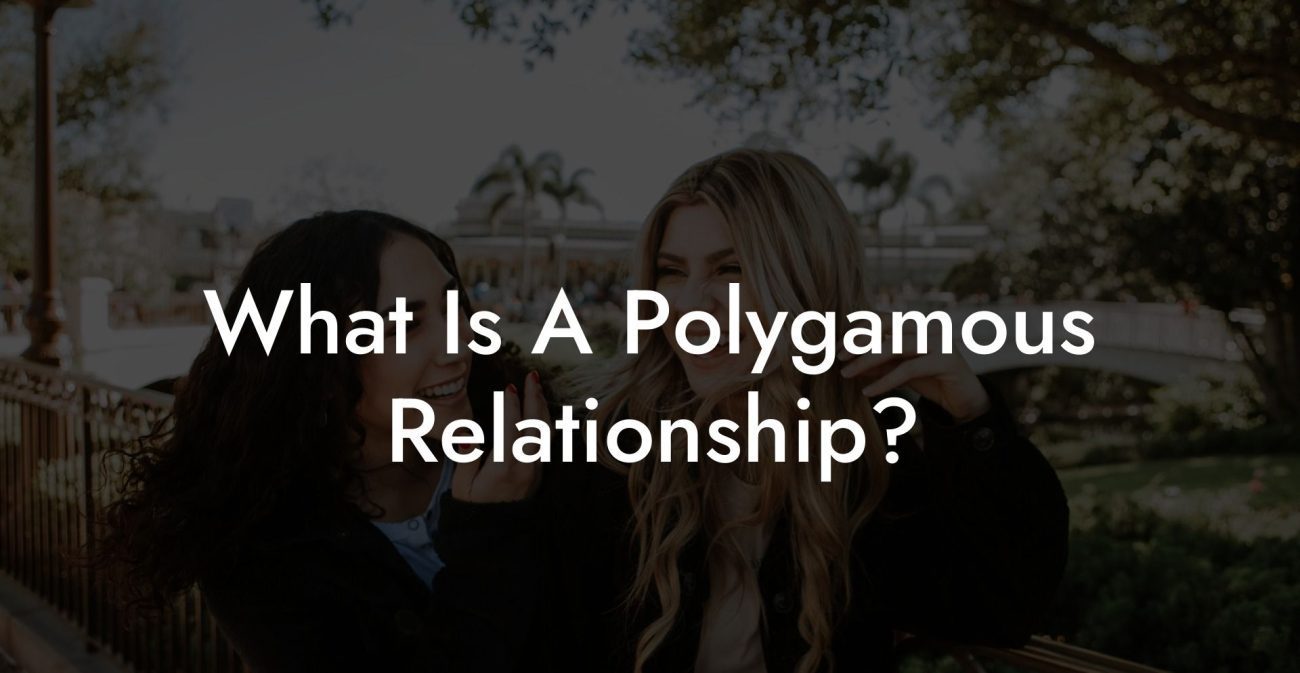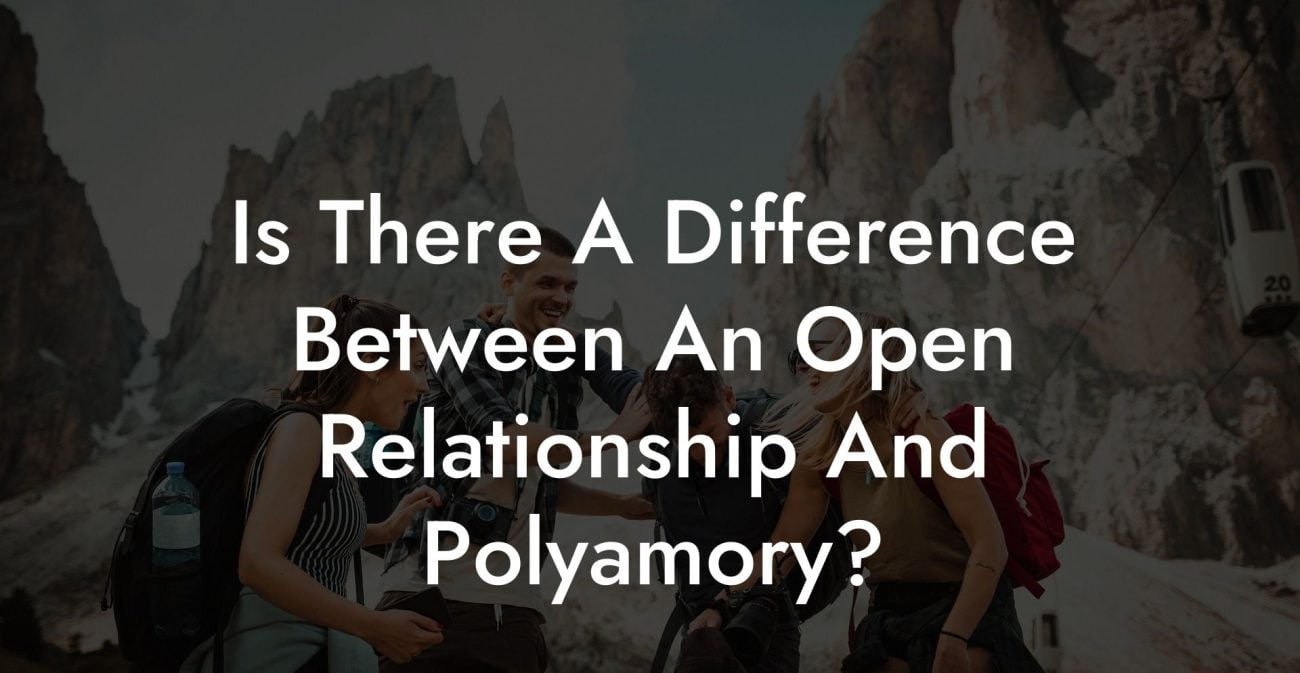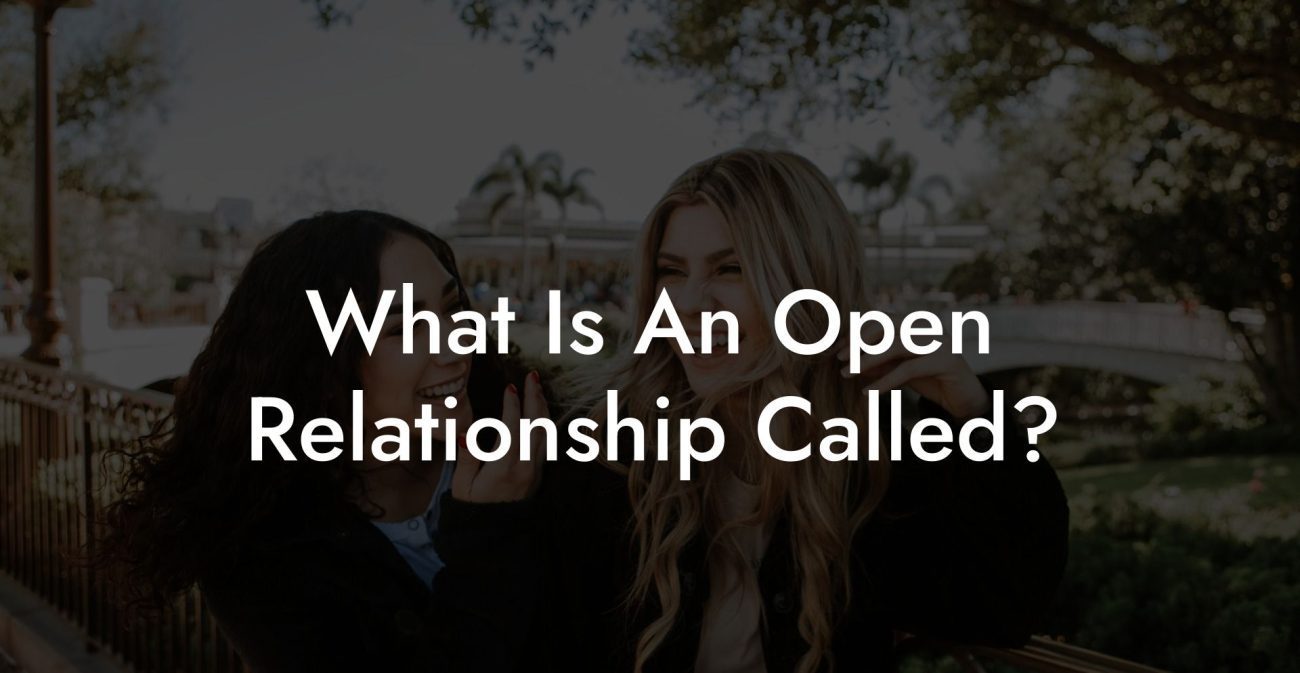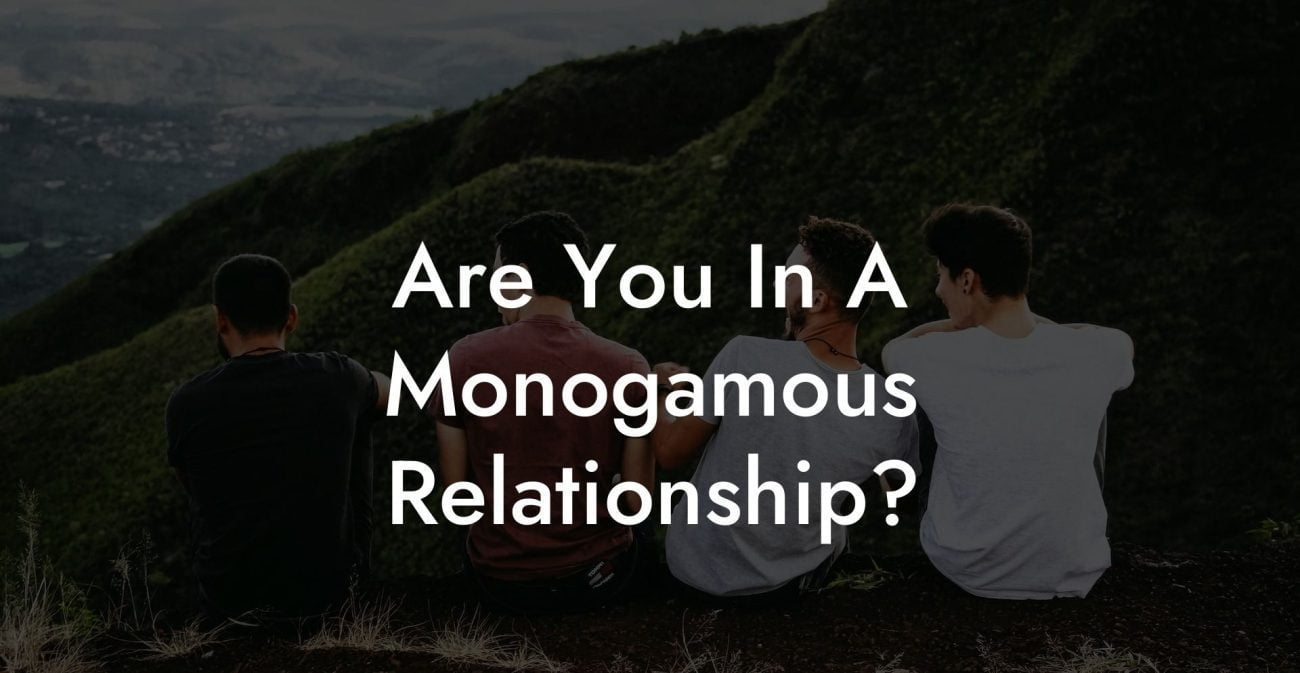Discover the fascinating world of modern relationships and explore the differences between non-monogamy and polyamory. Join us as we dive into the key distinctions, common misconceptions, and realistic examples of each to help you better understand your own preferences and navigate the ever-evolving landscape of love and connection.
Difference Between Non Monogamy And Polyamory Table of Contents
What is Non-Monogamy?
Non-monogamy is an umbrella term that encompasses a wide range of relationship structures that deviate from the traditional model of monogamy, or the practice of being committed to one partner exclusively. Engaging in non-monogamous relationships allows individuals to be romantically or sexually involved with multiple partners at the same time. Some popular forms of non-monogamy include:
- Swinging
- Open relationships
- Polyamory
- Relationship anarchy
What is Polyamory?
Polyamory, a subset of non-monogamy, is a relationship style that involves forming emotional, romantic, and/or sexual connections with more than one partner simultaneously, with the knowledge and consent of everyone involved. Polyamorous relationships can take on many different forms, such as:
- Triads (three people in a relationship)
- Quads (four people in a relationship)
- Vee (one person at the center of two relationships)
- Polycule (a network of interconnected relationships)
Main Differences Between Non-Monogamy and Polyamory
While the two terms may sound similar, there are crucial differences between non-monogamy and polyamory that are worth considering when determining which relationship structure may be most suitable for your needs and desires. The main distinctions include:
- Emotional Involvement: Polyamory focuses on building emotional and romantic connections with multiple partners, whereas non-monogamy can encompass purely sexual, casual, or non-committal relationships.
- Communication: Polyamorous relationships often place a higher emphasis on open communication, negotiation, and transparency between all partners. Non-monogamous relationships, such as swinging or open relationships, may involve more limited communication or predetermined boundaries when it comes to interactions with secondary partners.
- Structure and Flexibility: Polyamory encourages the exploration of various relationship dynamics and structures, including those that involve multiple partners equally. Non-monogamy can also include a variety of relationship structures, but may lean more towards centralized primary partnerships with secondary or tertiary partners.
Difference Between Non Monogamy And Polyamory Example:
Consider Sarah, who is in an open marriage with her husband, Tom. They have agreed to a set of boundaries and conditions, allowing each of them to seek sexual connections outside of their marriage, while maintaining their emotional exclusivity and primary commitment to one another. Their situation represents a form of non-monogamy but not polyamory, as their focus is on non-committal sexual exploration.
Now, picture Jessica, who is in a loving, committed relationship with both her boyfriend, Alex, and her girlfriend, Emily. In this triad, all three partners are emotionally and romantically involved, and the relationship is built on a foundation of trust, communication, and consent. This example represents a polyamorous relationship, as it involves multiple emotional connections and a more fluid, interconnected relationship structure.
From open relationships to triads, the world of non-monogamy and polyamory offers a plethora of options for those who seek connections beyond the confines of traditional monogamy. As you navigate the intricacies of these diverse relationship structures, remember that communication, consent, and personal preferences are vital in establishing healthy, fulfilling, and consensual bonds. If you enjoyed this article, please share it with friends and explore other guides on The Monogamy Experiment for more insights into the captivating world of modern relationships.

